Number bonds

The numbers come in pairs. And, as it often happens with pairs, it was the nature itself that bound them together. Not this cosmic, eternal, rotating the celestial spheres, but this common, familiar and human. From the perspective of the Andromeda Galaxy, the 3&7 number pair isn’t any more special than 6&9 or 1&2. But from the perspective of a thinking creature, equipped by nature with ten fingers, it is a different story. Before we fly, even in our thoughts, to the stars, we must learn how to cross with our minds the subsequent decimal thresholds, traversing the vastness of space and time in brave jumps of 10, 100, 1.000 or 1.000.000 units. That’s why, from an early age, the number pairs which total in 10, 20 or any other multiple of 10, are privileged to us, and being able to quickly indentify them in a crowd of other pairs of numbers is a “must-have” component of our start-up package.
Children aged 6 to 7 are often already familiar with the partition of number 10 and ready to learn how to process, eg., the 20 in a similar way. This skill can be practiced in many ways, aided by a variety of props, such as cards with numbers 0 -20 on them. The teacher shows to the children a card with a number within this range…
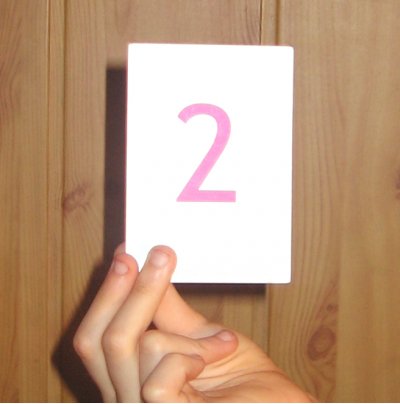
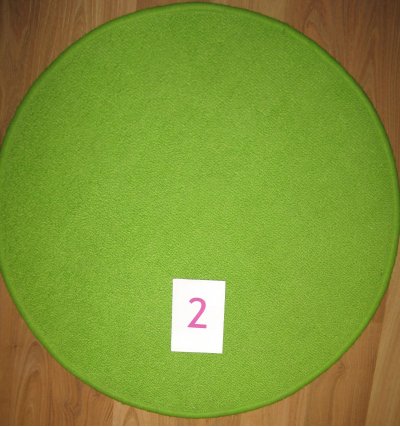
… and children find in their sets and show a card with a complementary number.
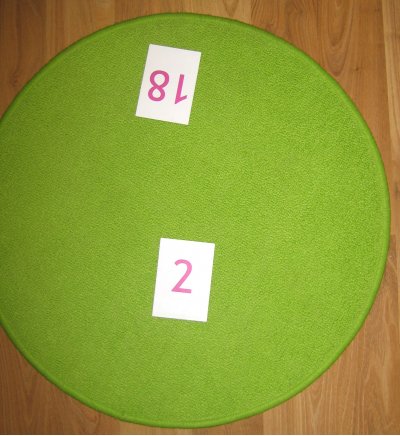

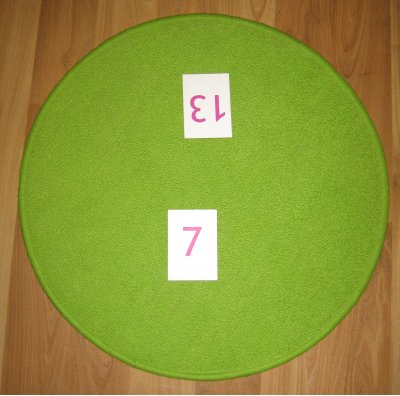

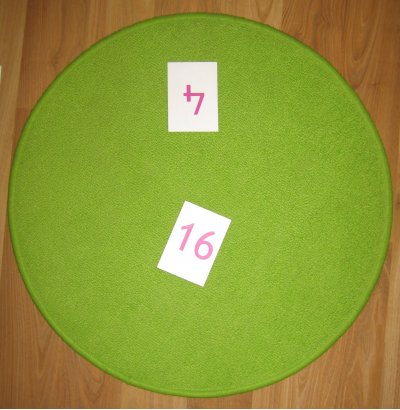
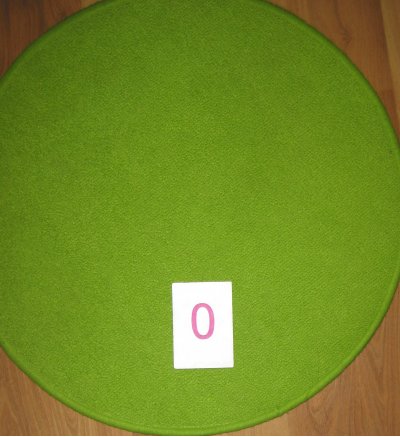
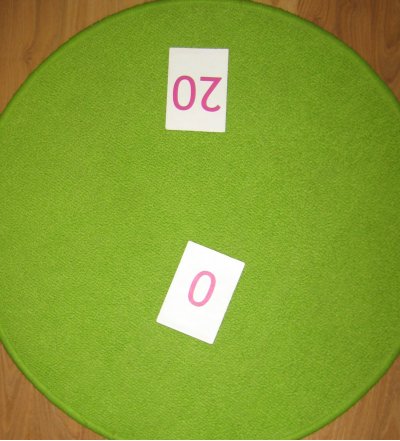
Of course everybody wants to be the fastest and most accurate at the same time and they all have their own, best recipes for success. Some children hold their cards arranged in a fan, close to their chests, quite a challenge with so many cards in a set. Other arrange them on the floor in an ascending or descending order, for example like this:
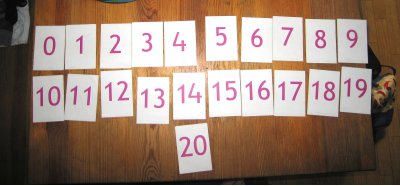
And some… well, see for yourselves. Stan (6) surprised everybody one day, putting his cards down in front of him in a pile, face down, to make it even worse.
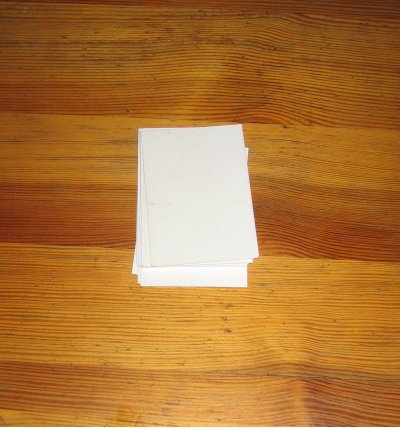
To tell the truth, it looked like a walkover. But appearances can be misleading. The teacher held up the first card…
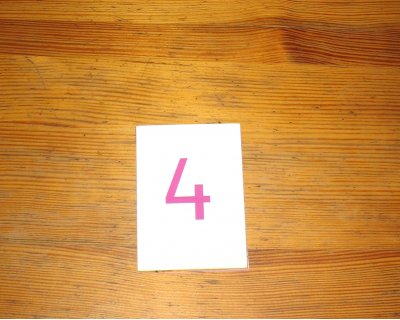
… and the children started to frantically search their sets for the number’s bond to 20, while Stan started to put cards from his pile to the side:

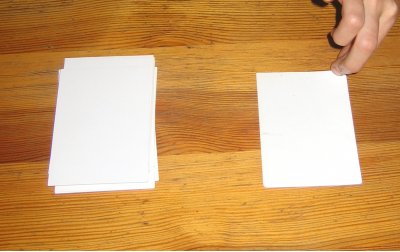
First...

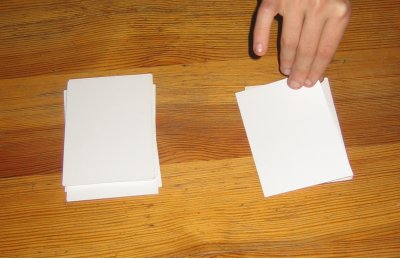
... second...
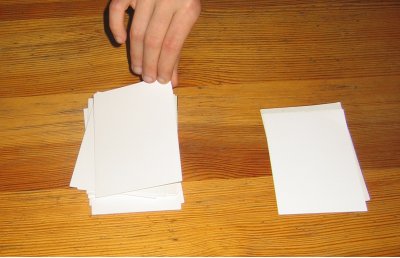
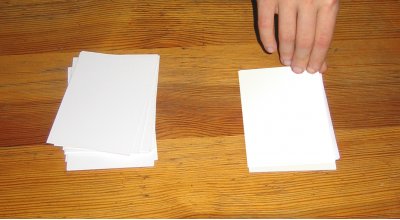
... third...
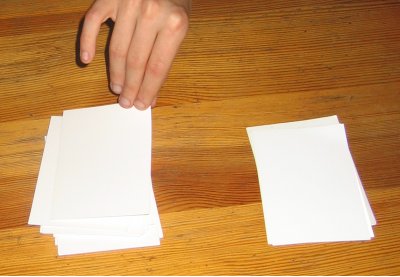

... fourth...

… and then he showed the next card to the teacher, without even looking at the number:
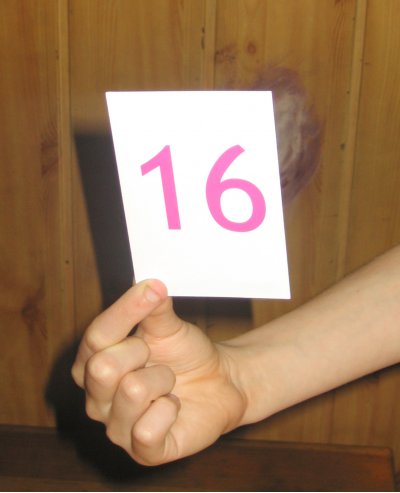
Bingo! The surprise was considerable and the first idea that crossed everybody’s mind was a coincidence. But the result was not accidental. Stan put the cards back on the pile and kept successfully repeating his trick, each time putting to the side as many cards as shown by the number held up by the teacher. And each time, without a miss, the sum of the two numbers was 20. The children began to insist that the boy explained how he did it. An as it turned out…
Well, who will give me a hint on how Stan had arranged his cards?






